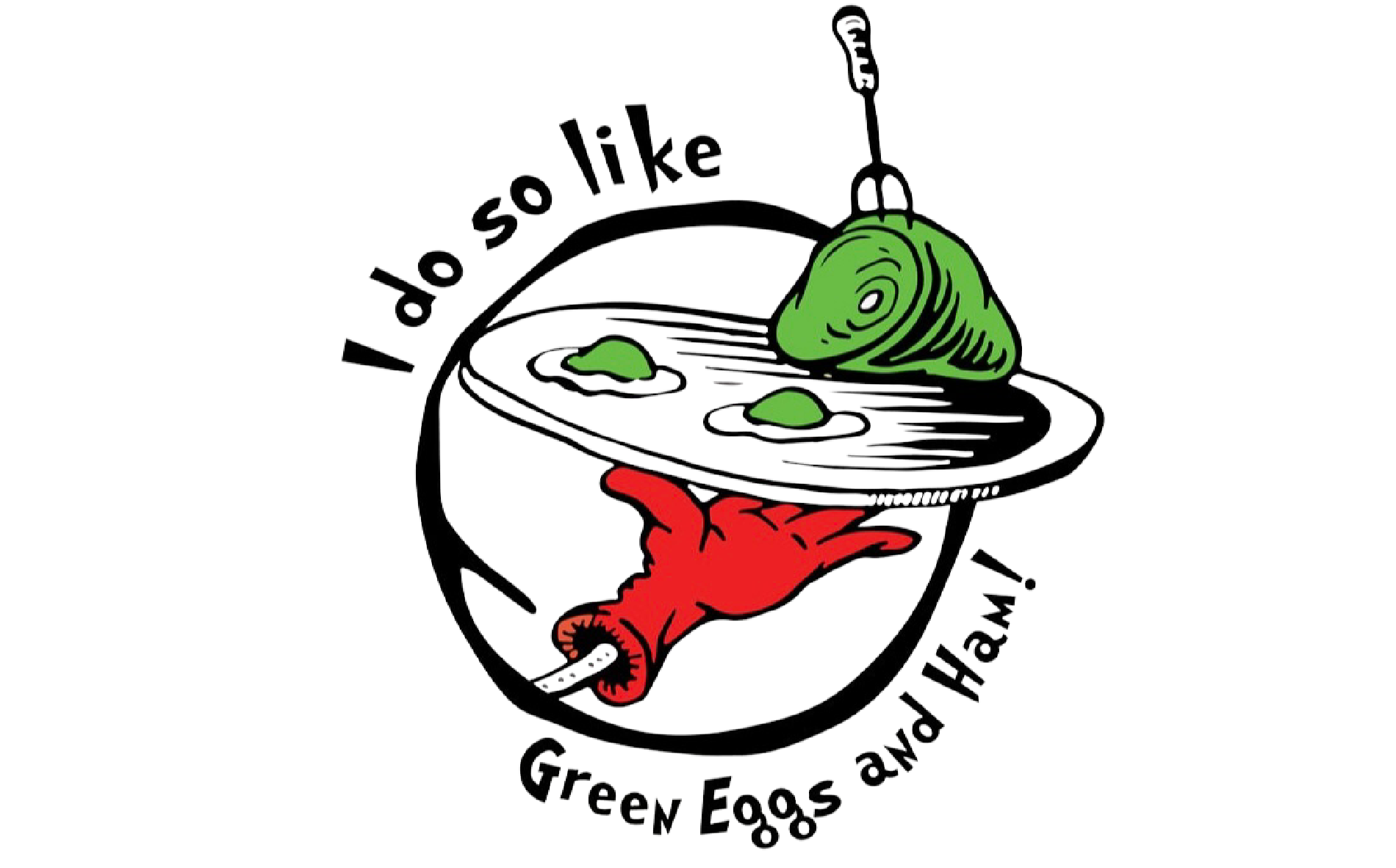
“I do not like green eggs and ham, I do not like them Sam I am. I do not like them in a house, I do not like them with a mouse. I would not eat them here – or there – I would not eat them anywhere..”1
If you’ve read that marvelous children’s book, Green Eggs and Ham by Dr. Suess, you know that after pages and pages of trying, in the end, Sam-I-am finally convinces the unnamed boy to try the green eggs and ham and the boy discovers he likes them and would eat them “everywhere.”
That, after MUCH resistance.
Last night walking on the beach, preparing to write today, I had no idea what I wanted to share with you this week. So, I cleared my mind and just walked.
I know by now if I don’t have an idea for a Museletter already, the best way to get one is to get into nature, stop thinking and wait for a little inspiration to come.
It didn’t. Not for a while. I figured I was still tired from my cross-country trip to Oregon last week, and so I was patient. As I was approaching the path to head home I heard it.
“I do not like green eggs and ham, I do not like them Sam I am… I do not like them in a house, I do not like them with a mouse…” I could hear myself reading that book over and over to my grandchildren.
What the heck?
I burst out laughing when I realized that what I wanted to talk about today was RESISTANCE. That strange force that often keeps us from doing the things that are exactly what we need right now.
Last week I spoke to four executive groups, and for the most part they were open, accepting and agreeing that happiness at work is a great competitive strategy.
At the same time, I know that so many leaders today understand that happiness is a worthwhile profit strategy but, according a recent survey, although 87% of leaders believe that investing in worker happiness can give them a competitive advantage, ONLY 35% make it a strategic priority.2
Why is that?
At the same time that many managers today are just downright RESISTANT to the changes their workforces are asking them for. And many, from my experience, are also resistant to using Happiness as a business strategy. (Even though it’s being taught at Harvard Business School!)
On Sunday I ran into some friends, one of them is an HR manager for a large international company based here in south Florida. I couldn’t resist asking her whether or not her company is dealing well with the debate about the “remote/in office /hybrid” situation.
She told me they are still working their way through it. They are hybrid and do have to go into the office a few days a week and not all are happy about that. She also shared that their salespeople are not seeing customers nearly as much as they used to, relying on Zoom meetings to fill in the gaps.
This is her area of expertise and she’s not at all convinced that customer relationships will stay as strong as they have had in the past.
While I had her ear, I asked about the amount of effort people were putting into their jobs, and whether or not they had seen a drop in productivity and participation. Oh yes. “People are tired,” she said and shared that even she – a self-admitted “go-getter” New Yorker – just didn’t put in the amount of effort that she used to. They are all tired.
So I wonder, when there is recognition that “something” needs to be done, why don’t we think that what needs to be done is to create a happier more positive culture to help people feel good about where they are working – and to keep your employees engaged?
Oh yes, of course. The “F” word in business: Feelings.
I specialize in helping companies create the kind of cultures that feel good to work in. I help create leaders who understand HOW to use the “F” word to enliven, energize and elevate people at work.
When you are ready to talk about how to get ahead of the next wave of business disruption give me a call, and I’ll help you. My last Museletter talked about beating that burnout if you missed it – catch it HERE.
Oh yes, how did the children’s story end? After a prolonged and persistent effort, the unnamed boy in the book finally tastes the proffered food and declares, “I do so like green eggs and ham. Thank you. Thank you, Sam-I-Am.”
And thank for reading my letters – I always love your notes and comments. I love your calls even more. Give me a call at 561-279-0027 and let me know how I serve YOU.
With gratitude,
JoAnna
1.Green Eggs and Ham was published by Random House in 1960, it was written by the author and illustrator Theodor Geisel, under the pen name Dr. Seuss.
- Jan Emmanuel De Neve 2023 De Neve and Ward
https://www.positiveenergizer.com/
https://returnonhappiness.com/how-can-you-beat-burnout/
https://www.sbs.ox.ac.uk/about-us/people/jan-emmanuel-de-neve
